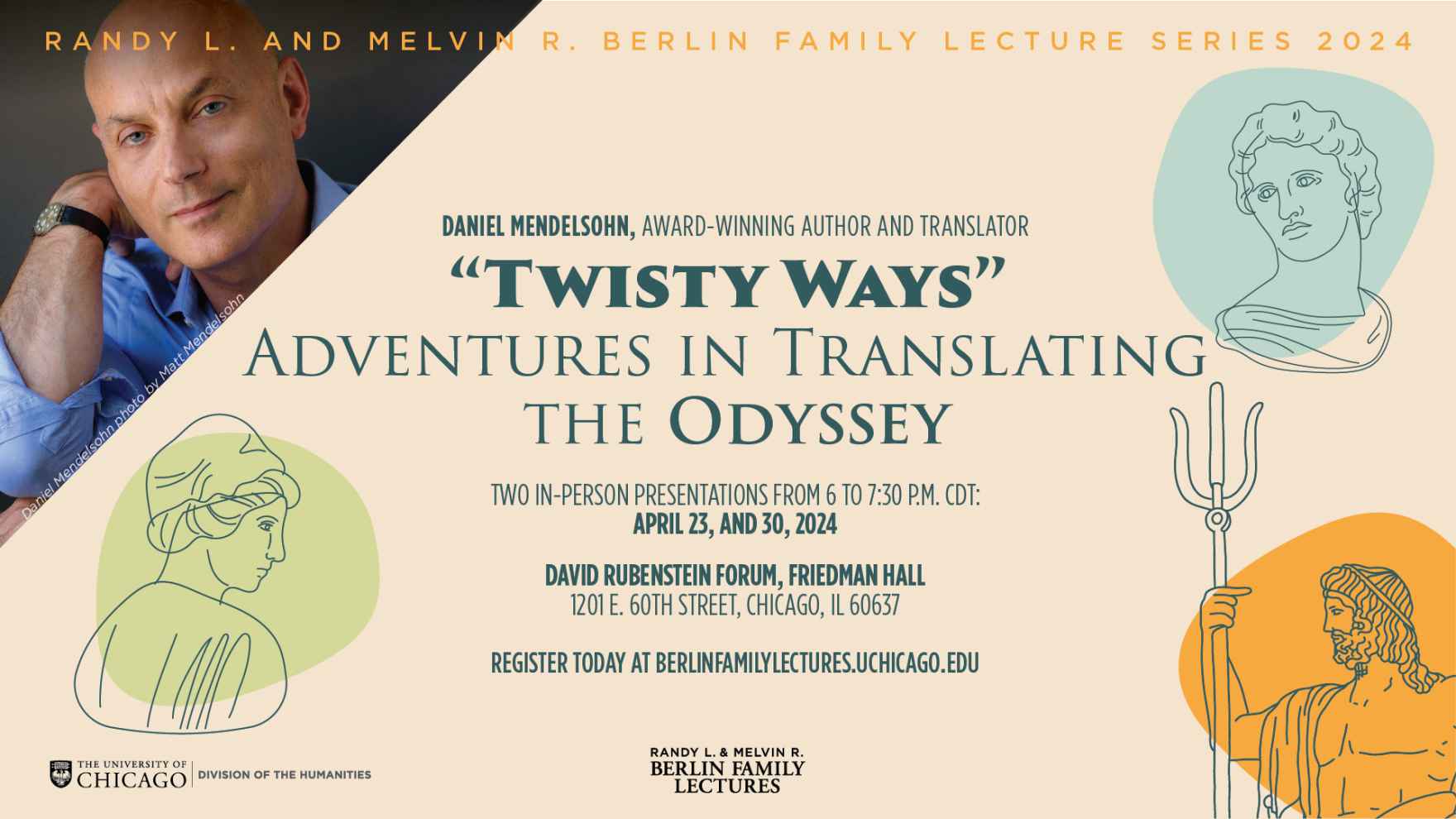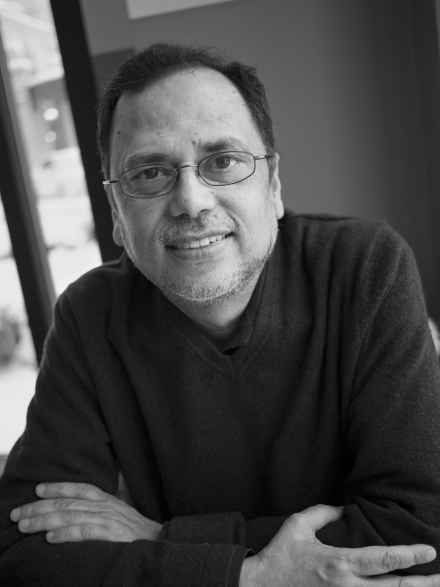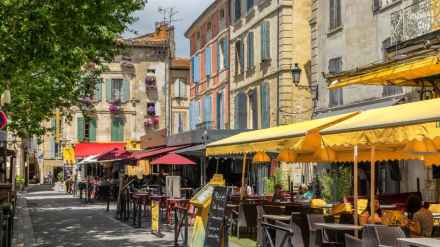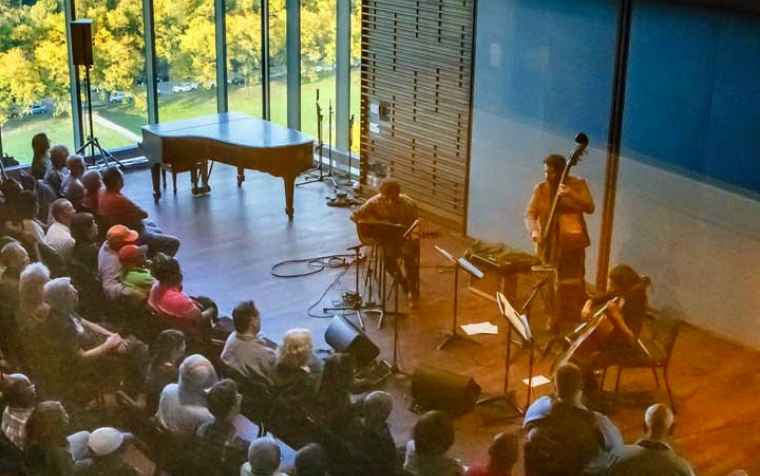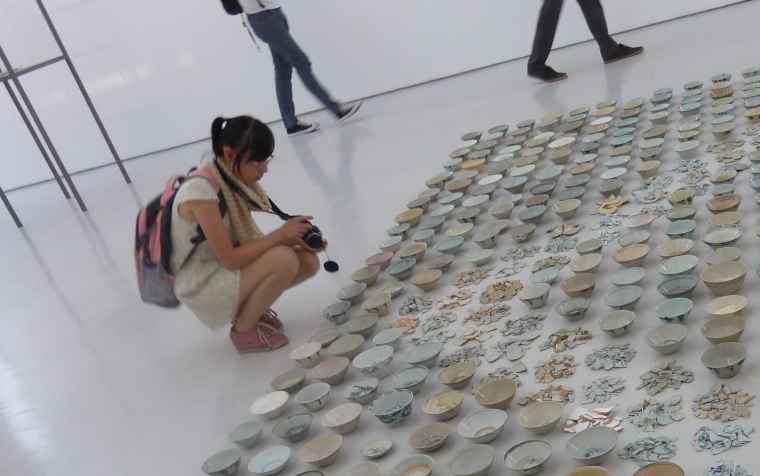Humanities and History Scholar Elected Fellow of the British Academy
Renowned historian and Humanities scholar Dipesh Chakrabarty was elected as a Corresponding Fellow to the British Academy—the highest honor for an academic not based in the United Kingdom. Much of his career has focused on rethinking working-class history in Bengal, considering how postcolonial thought has provincialized Europe, and examining the habitations of modernity through subaltern studies.
Since 2009, however, in several published articles and books, Chakrabarty has written about a fundamental problem: Why is it so difficult for human beings to respond to climate change?
“It is very interesting and puzzling that we are not doing enough to combat climate change,” Chakrabarty said. “It is a tragic problem that human beings cannot change their attachments and respond more adequately to a dire problem."
UChicago Humanities Scholar Honored for His Work on French Culture
An influential and original literary scholar, Prof. Emeritus Thomas Pavel recently received the 2023 Grand Prix de la Francophonie from the Académie Française for his contributions to the development of the French language and culture worldwide. His affection for past cultures, particularly the French and Francophone, inspired his research. Pavel sought meaning in both the famous aspects of the past and the half-forgotten ones.
“It is essential to study and teach the great books, but it is also fascinating to rediscover the less great books of the past,” said Pavel, the Gordon J. Laing Distinguished Service Professor Emeritus in the Departments of Romance Languages and Literatures and Comparative Literature, the Committee on Social Thought, and Fundamentals at UChicago. “These books tell us how the less grandiose, everyday culture of a certain period generated beautiful, meaningful art and thought.”
'The Classics Are Everywhere; Most of Us Are Likely Just Not Looking for Them'
Patrice Rankine is a professor in the Department of Classics and the College and a writer. In addition to the reception of classics in current times, Rankine is interested in reading literature with insights from various theoretical approaches, including race and performance, queer theory and social history. His forthcoming book is “Theater and Crisis: Myth, Memory, and Racial Reckoning in America, 1964-2020.” The following interview has been edited and condensed.
Q: As a classics professor, how do you make the classics accessible and relevant for students?
Locating the classics might be like the game we play as children on summer road trips or long car rides: Find a red car. You might not normally notice red cars, but once they are raised to your awareness, they’re everywhere. The same goes for what we might call the relevance or accessibility of the classics. Once we realize that they are everywhere, we cannot unsee them.
Five Questions for Author Linda Seidel about van Gogh and Summer Reading
In “Vincent’s Arles,” art historian and University of Chicago Emerita Prof. Linda Seidel takes readers on a tour of Arles, France, where Vincent van Gogh spent 15 months, beginning in 1888. The artist produced several of his best-known and most striking paintings during this time. The following interview has been edited and condensed.
Q: Van Gogh’s stay in Arles was productive and resulted in bold art. How was his time there transformational for him?
Vincent had connected with the Impressionists in Paris and was inspired by their brighter colors and technique; this began a transformation in his work that came to fruition in Arles. Once settled there, he came to regard the Impressionists as too rooted in the optical and, in Seurat’s case, as overly constrained by scientific color theory. He began to appreciate the value of the imagined or reflected upon, something that Gauguin’s short visit with him reinforced, despite its grim end. Gauguin preached rumination rather than spontaneity in painting.

